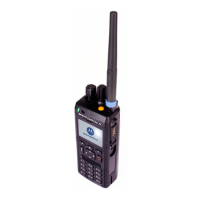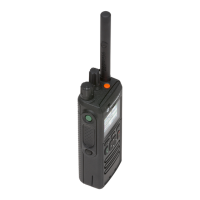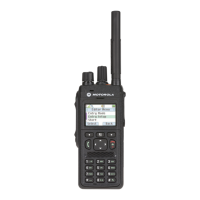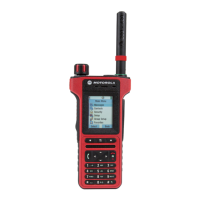Snohomish County PUD Radio Operations Manual • Rev. 6/03
51
Section III
Emergency Operation Concepts
An individual is instructed to use the emergency button if the event or situa-
tion involves PUD personnel and requires an aide car, paramedics or police. Any
electrical contact requires calling an aide car and hence the use of the emergency
button.
Not all emergencies warrant the use of the emergency button. Events or situa-
tions not requiring an aide car or police should be reported to ECC (Station 1)
using the regular trunked ECC Talkgroups.
An event qualifies as an emergency if it is a life-and-death situation involving
PUD employees or the public where a person is down because of electrical con-
tact, falls, profuse bleeding, stroke or any condition that warrants medical treat-
ment, such as:
• Burns [body or eyes] - thermal, electrical or chemical
• Inhalation [difficulty breathing] - smoke or chemical
• Unconscious - not breathing
• Crushing or penetrating injury
• Amputation - fingers, toes, limbs
• Spinal injuries
•Allergic reaction - ingestion, injection, inhalation, or absorption
• Head injuries - decreased level of consciousness, combativeness, breathing
difficulty, seizures
If you accidentally press the emergency button, you must clear the alarm
with a radio call to an ECC dispatcher. Turning your radio off will NOT clear
the alarm on the dispatch console. See procedure for clearing emergency alarm.
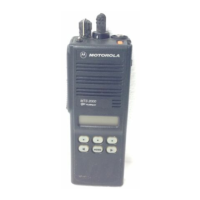
